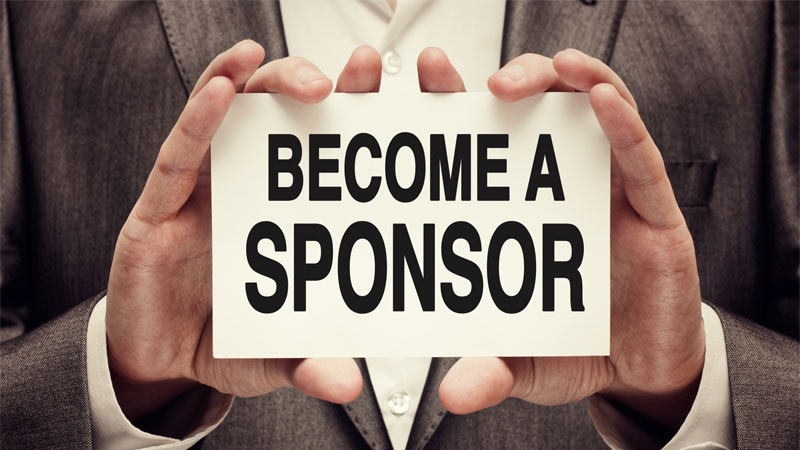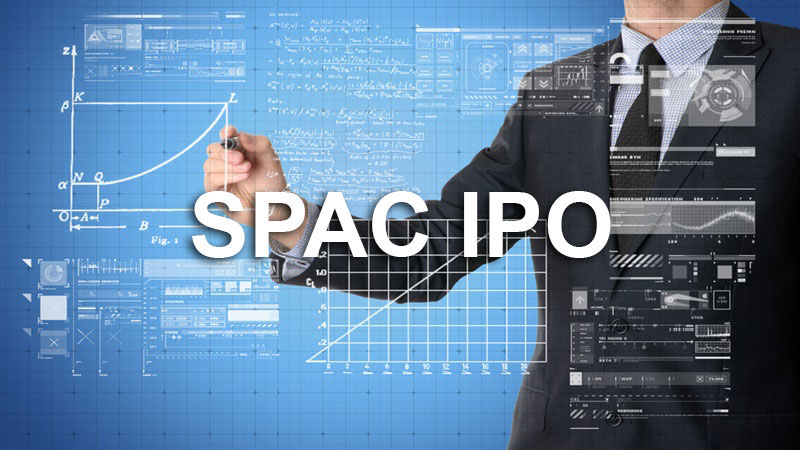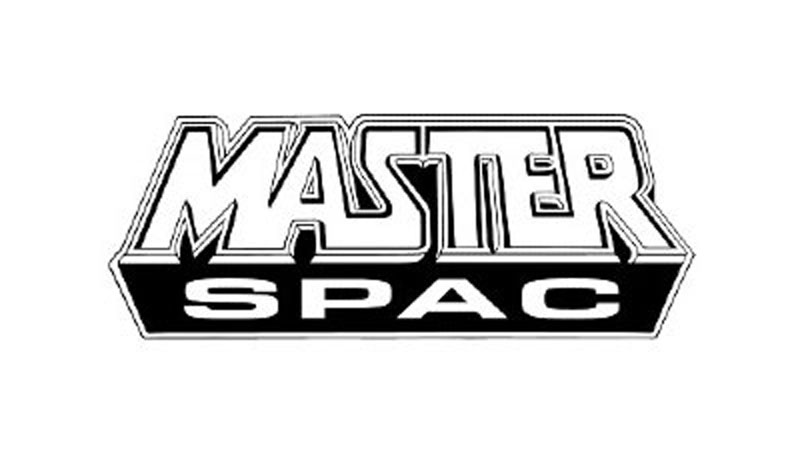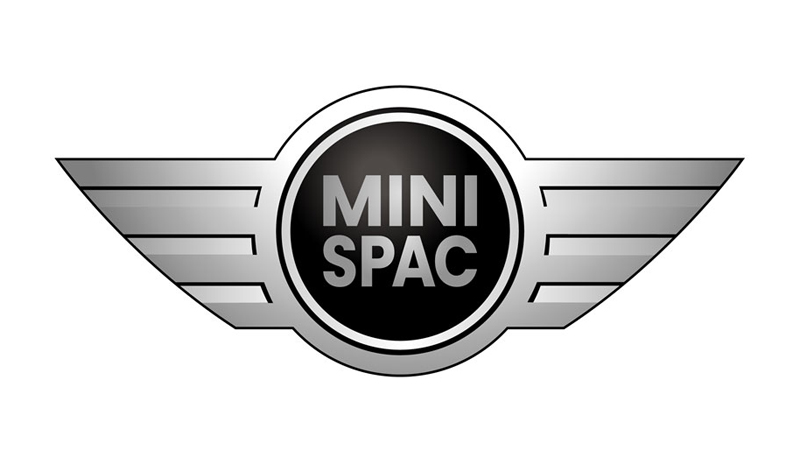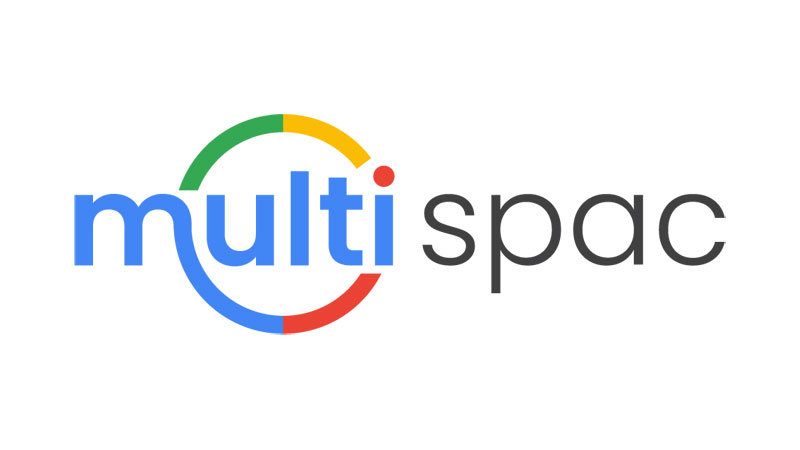The obvious advantages that all parties of the SPAC receive cannot be denied. Let’s take a look at the benefits which SPAC sponsors receive after entering the deal making their theoretical risk worth it.
First of all, let’s consider different types of SPAC sponsors, traditionally they belong to three main categories: business executives, holding a vast experience in market deals, private equity funds or personal investors and companies willing to access a considerable amount of capital for their projects. What unites all three categories of sponsors – are the benefits which they receive: SPACs are very attractive opportunities to make money.
At first, sponsors provide initial capital, which is utilized to manage the processes, organize roadshow, provide finance to identify and diligence target companies, pay compliance and other fees. This initial capital is exchanged for founders shares prior to the IPO.
Sponsors customarily receive a 20% stake in the SPAC at IPO, which can lead to millions of gains even if the target company shares fall down after the acquisition. In addition to founder shares, sponsors receive warrants, which value often between ¼ and ½ of share, for every dollar of provided capital. These warrants may be redeemed either more than 30 days after an acquisition or after 12 months, depending on agreement.
Being a sponsor is not just investing and multiplying your investments, but also orchestrating the process at all levels, from the legal part to the selection of the target company and the subsequent stage after the merger and entering the public market. In some cases, the most experienced and qualified sponsors take full responsibility for the operations, while others reserve the right to vote.
Due to the fact that SPACs have certain risks, the players who entered it first receive the greatest advantages. Early investors obtain substantially higher benefits, than ones who pop up after the target company has been selected.
Although sponsors do their best to make the deal successful, sometimes situations occur in which the target company does not live up to expectations and for a number of reasons share price appear disappointing. In that case sponsors still have their 20% and don’t lose anything, moreover, have gains. This scenario occurs rarely, more than 90% of SPACs ended up with successful merge. In addition to the cash injections, sponsors pay special attention to the PR campaigns associated with the deal. Comprehensive media coverage of the acquisition and increased awareness lead to the raise of the share price and opportunity to quickly achieve unparalleled value escalation.


